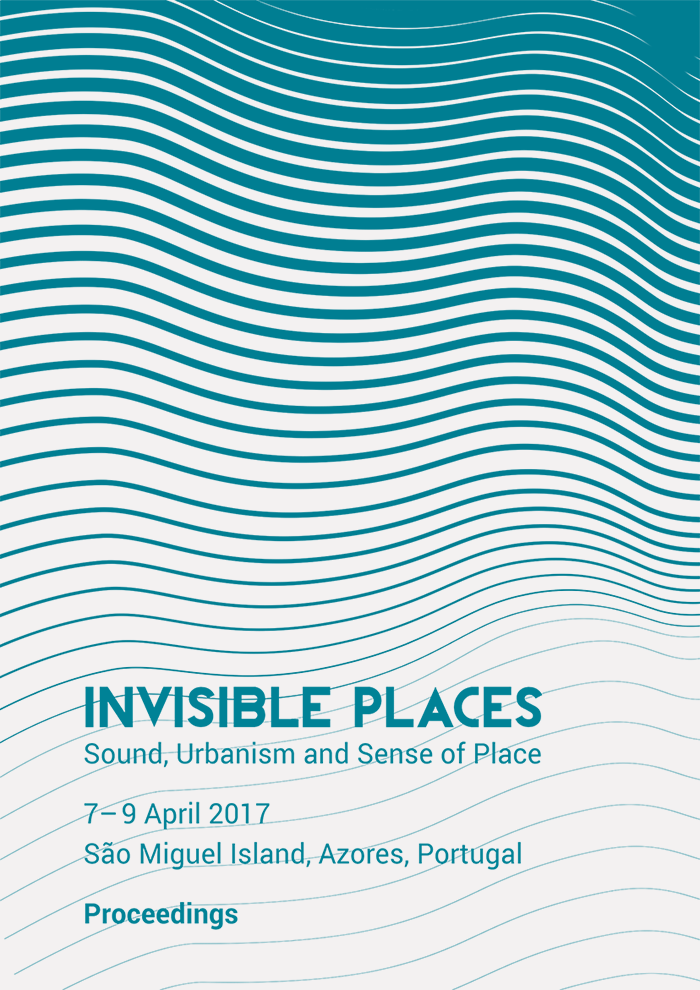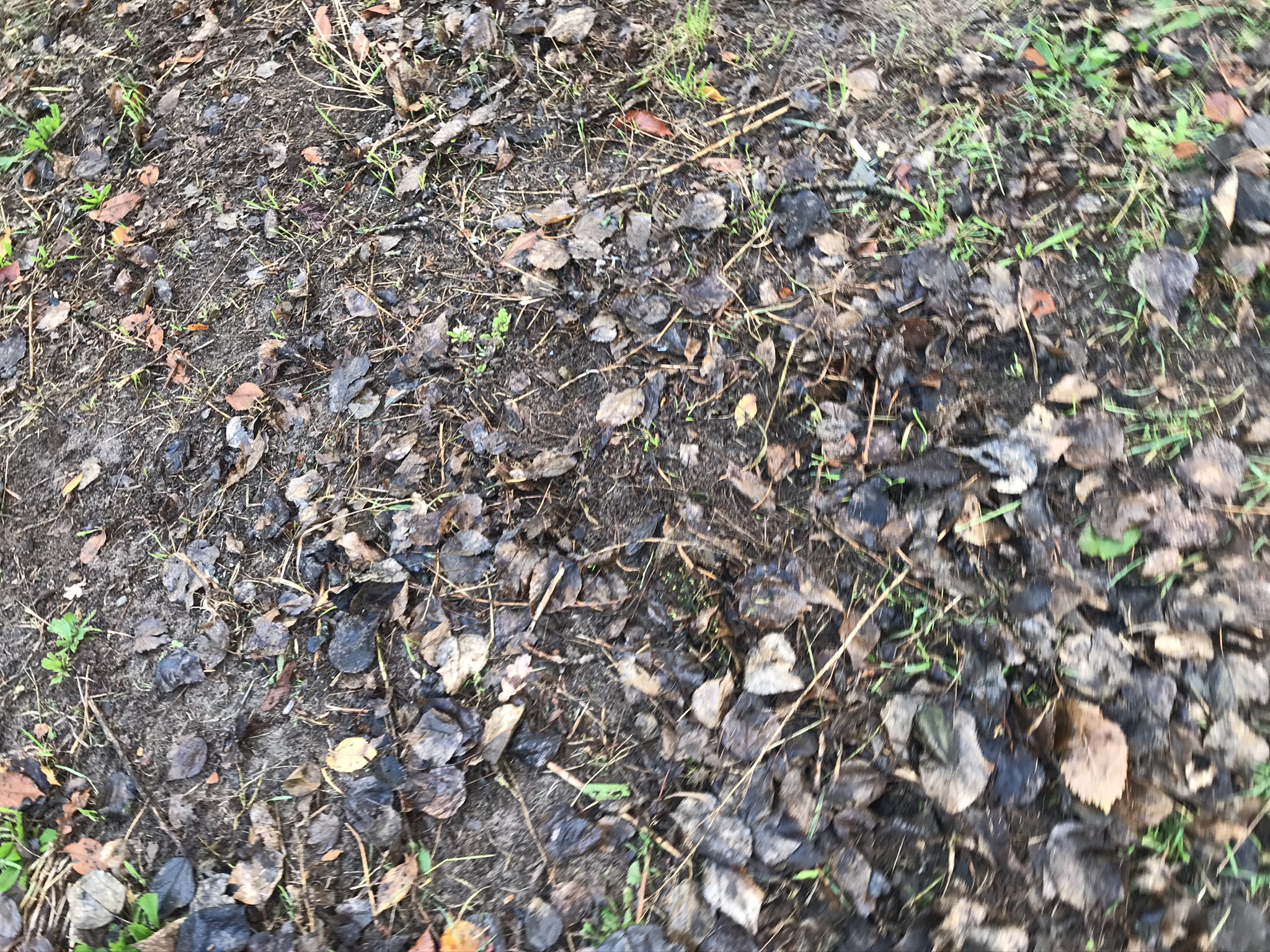Practice-based research towards a Ph.D. in Music – Sonic Arts.
Unit for Sound Practice Research, Department of Music, Goldsmiths, University of London, United Kingdom. Supervision by Professor John Levack Drever and Dr. Iris Garrelfs. Fellowship by the Foundation for Science and Technology, Portugal (2011-2014).
The PhD thesis may be downloaded here.
Follows some extracts: abstract, key words, conceptual framework, design methods and bibliography.
While the acoustic environment and urban soundscapes shape our everyday life, architecture practice usually neglects the experience of acoustic space in its design process. My research addressed the challenge of integrating spatial acoustics and the experience of environmental sound in architecture practice. Drawing from acoustic ecology, creative approaches embody the aural experience of the environment into the design process of architecture. The research was guided by my site-oriented sound practice, to create unusual encounters and connections between human and non-human beings, for their relationship through the acoustic space. It experimented with the physical experience of vibrational forces in environmental sound, enhanced by acoustic resonance.
The research was carried out by the creation of four artworks, employed as practical case studies, to experiment with concepts such as: resonant soundscape, space as resonator (Vibrational Fields), space as relation (Radio Sonores), soundscape for attunement (Shores) and space as energetic geometry (Passage). The artworks were used to develop sets of design methods to draw an aural architecture intervention. The first set guides the experience of site through context analysis, participation, soundwalking, field recording and sensory variation, for a transformation of the ambiance dynamic, to accentuate differences and multiple relationships. The second set offers different approaches in designing aural architecture through the recomposition of urban soundscape and architectural agency based in resonance, dynamic relation and energetic geometry, for an operation of translation. The third set concerns the acoustic spatialisation of vibrational forces, to open communication channels and symbiotic relationships, for an operation of attunement. My research explored the enhancement of an innate capacity of attunement (Morton 2014) to self and other beings (human, non-human, things). It resulted in the creation of a diversity of experiences of environmental sound, enhanced by acoustic space, as a way to foster an ecology of affect.
Key terms:
– Aural architecture
– Site-oriented practice
– Experience
– Ecology
– Design
Conceptual framework:
– Experience of space as matter-energy
– Ecology of affect
– Ambiance dynamics
– Design of affective experiences of environmental sound
Design methods:
1. The experience of site
1.1. Analysis of context
1.2. Dynamics of experience
1.2.1. Soundwalking
1.2.2. Field recording
1.2.3. Workshop
1.3. Sensory variation
1.3.1. Sensory phenomena
1.3.2. Aural elements
1.3.3. Ambiance dynamic
Operation of transformation
2. Aural architecture design
2.1. Resonant soundscape
2.2. Space as resonator
2.3. Space as dynamic relation
2.4. Soundscape for attunement
2.5. Space as energy geometry
Operation of translation
3. Acoustic spatialisation
Operation of attunement
4. Audience’s experience and feedback
Result: affective experience of environmental sound
Bibliography



